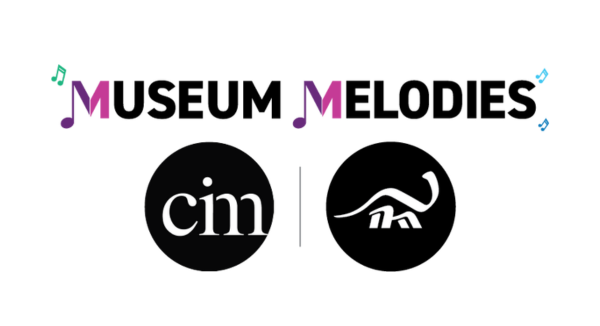The 14,650-square-foot Visitor Hall features ceilings that soar to 21 feet and exhibits placed along a timeline that marks milestones in the history of the Earth. The timeline is generously funded by Cleveland Museum of Natural History Board of Directors member Doug McCreery and his wife, Dr. Laurie McCreery.
Enjoy Live Music in the Visitor Hall
The Cleveland Museum of Natural History is proud to host students from the Cleveland Institute of Music (CIM). Guests are invited to enjoy their performances in the Visitor Hall at noon every Thursday and Friday. The series provides students with real-world professional experience and represents a first-of-its-kind collaboration between the Museum and CIM.
MUSEUM MELODIES SCHEDULE
SEPTEMBER: Thursday & Friday, September 5, 6, 12, 13, 19, 20, 26 & 27
OCTOBER: Thursday & Friday, October 3, 4, 10, 11, 17, 18, 24, 25 & 31
NOVEMBER: Thursday & Friday, November 1, 7, 8, 14, 15, 21, 22 & 29
All performances begin at noon in the Visitor Hall. Free; no tickets required.